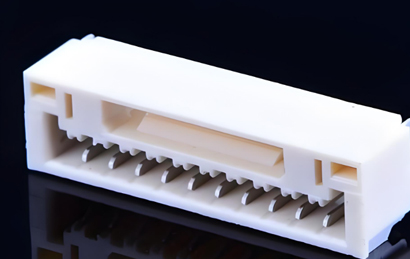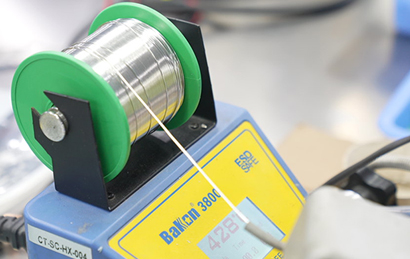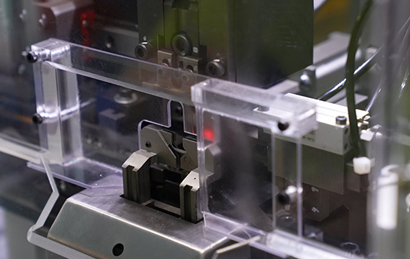1. Data transmission speed requirements:
Data transmission speed is one of the important indicators for measuring the performance of terminal connectors. With technological advancements, especially the increasing demand for high-speed communication and big data processing, higher requirements have been placed on the data transmission speed of terminal connectors.
1. Transmission frequency: Transmission frequency is typically measured in GHz and directly determines the data rate that a connector can handle. High-frequency signal transmission requires connectors made of materials with low dielectric constant and low loss factor to reduce signal delay and attenuation. For example, in some high-end communication systems, connectors with transmission frequencies up to tens of GHz may be required to meet the demands of high-speed data transmission.
2. Bandwidth: Bandwidth refers to the range of signal frequencies that a connector can transmit. In high-speed data transmission, a wider bandwidth means that the connector can handle more complex and higher-speed signals. Therefore, selecting a connector with high bandwidth is crucial for achieving high-speed data transmission.
3. Signal integrity: Signal integrity refers to the ability of a signal to maintain its original waveform and amplitude during data transmission. To achieve high-speed data transmission, terminal connectors need to possess good signal integrity to ensure that signals are not lost or disturbed during transmission.
II. Signal quality requirements:
Signal quality is another crucial aspect in evaluating the performance of terminal connectors. Good signal quality indicates that the connector can transmit signals stably and accurately, thereby ensuring the normal operation of the entire system.
1. Impedance matching: Impedance matching is crucial for ensuring signal transmission quality. In high-speed data transmission, if the impedance of the connector does not match that of the transmission line, it can lead to signal reflection and transmission distortion. Therefore, terminal connectors need to possess stable impedance matching characteristics to avoid signal reflection and transmission distortion.
2. Crosstalk: Crosstalk refers to the electromagnetic coupling phenomenon between adjacent signal lines, which can lead to signal interference and distortion. In high-speed data transmission, terminal connectors need to have good anti-crosstalk capability to ensure that high-frequency signal transmission is not interfered with by adjacent signals.
3. Contact resistance: Contact resistance is one of the important factors affecting the quality of signal transmission. When a signal passes through a connector, contact resistance can cause signal attenuation and reflection, thereby affecting the integrity of the signal. Therefore, terminal connectors need to have low and stable contact resistance to ensure high-quality signal transmission.
4. Electromagnetic Interference (EMI) and Radio Frequency Interference (RFI) Protection: Good shielding can reduce the impact of external interference on signals, enhancing signal stability and reliability. Terminal connectors must possess excellent EMI and RFI protection capabilities to ensure stable operation in complex electromagnetic environments.
Summary: The data transmission speed and signal quality of terminal connectors are key indicators for evaluating their performance. To meet the demands of modern electronic systems for high-speed and high-quality data transmission, terminal connectors need to possess high transmission frequency, wide bandwidth, good signal integrity, stable impedance matching characteristics, excellent anti-crosstalk capability, low and stable contact resistance, and excellent EMI and RFI protection capabilities. These requirements should be fully considered when designing and selecting terminal connectors to ensure system performance and reliability.





